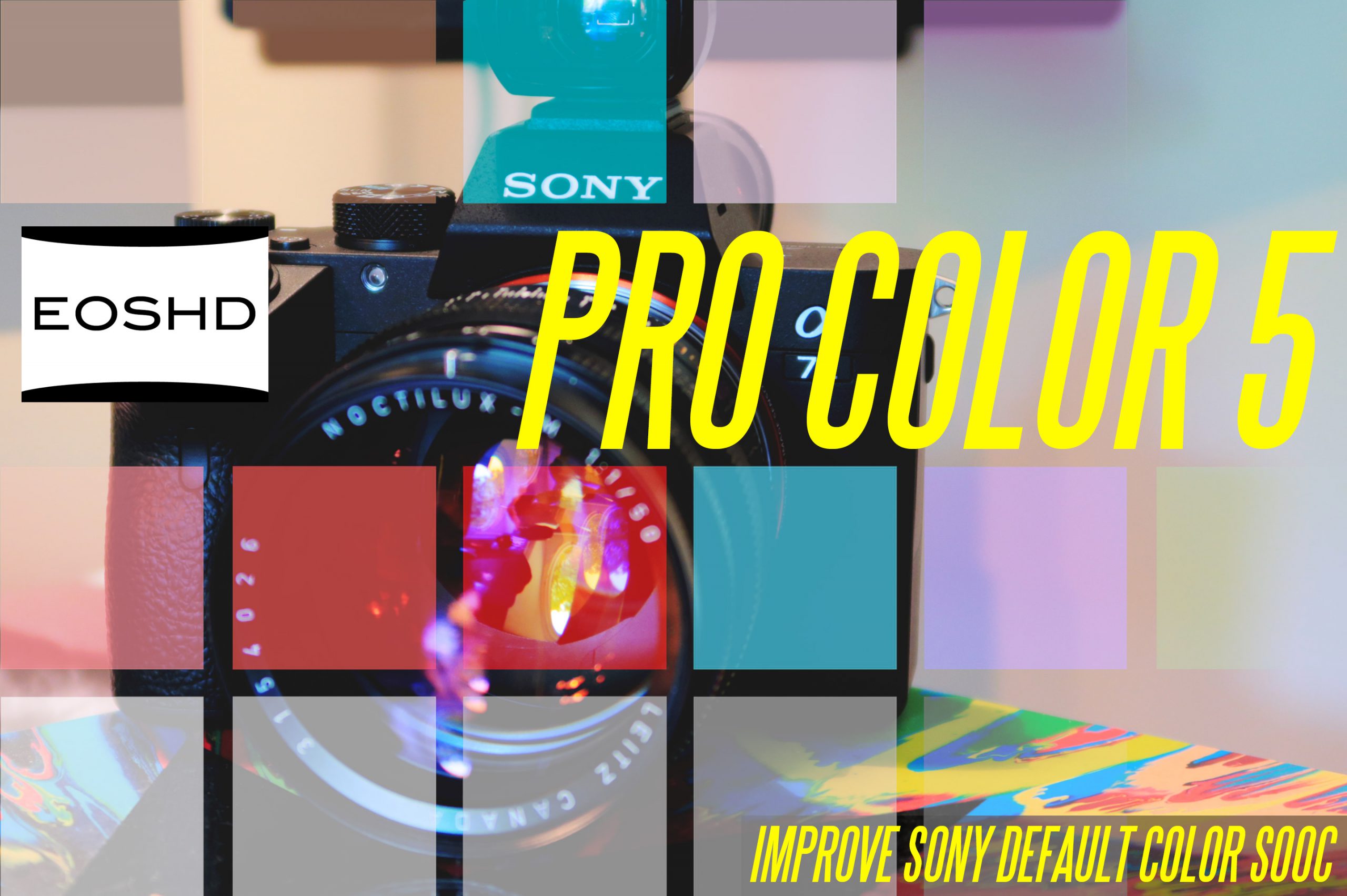Find the full details on the DP6 here We are filmmakers. So why are we all shooting in the TV widescreen standard 16:9 and not 2.35:1?
Browsing: 2.35:1
Above: Anamorphic frame of Apocalypse Now in 2.35:1 HD on Blu Ray Francis Ford Coppola’s Apocalypse Now is to be released on Blu Ray in the original anamorphic format with which it was shot. Shot with anamorphic lenses and transferred to 70mm for the theatrical release then came the heart breaking decision to severely crop the film for the standard 4:3 TV and video cassettes of the time, loosing 40%…
[vimeo]15543342[/vimeo] Photokina in Cologne sits beside the river Rhine and close to one of the city’s most striking features. Destroyed in the Second World War as Cologne was flattened by bombing raids, the huge steel bridge was rebuilt after the war and carries pedestrians and trains over the Rhine into Cologne’s main station, situated next to the Dom – a spectacular gothic cathedral which survived the fighting – just.
Here at EOSHD I am a big fan of anamorphic footage, I believe true cinema aspect ratios are the future and that 16:9 is a half way house. Rob McLachlan agrees. As a cinematographer he fought for a wider TV standard, but the industry settled on 16:9.


